Business
Adam Neumann: Crashed WeWork, Got $350M from Silicon Valley
Published
3 months agoon
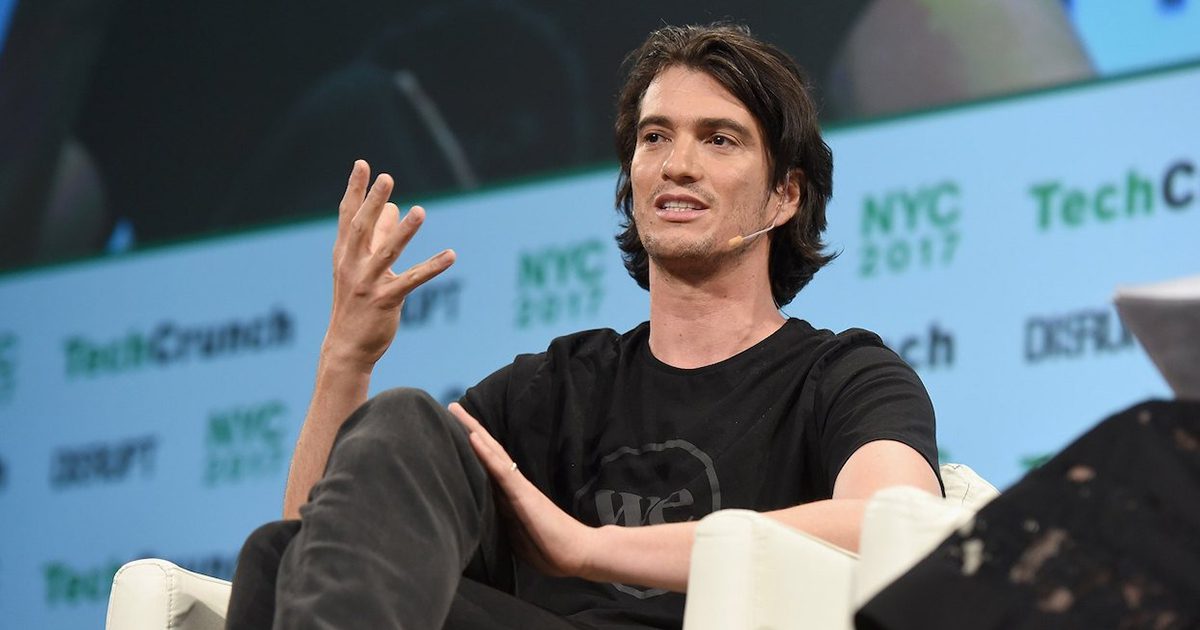
Was it good for the economy or an embarrassment for Silicon Valley? The bottom line is, Adam Neumann is now $350 million richer. The current state of the world has divided us into two camps: those who believe we’re headed for a recession and those who think it’s just a rough patch we’re experiencing.
Marc Andreessen, co-founder of the venture capital firm Andreessen Horowitz, announced a massive investment in Flow. It is the real estate company of Adam Neumann, who dragged WeWork from a $47 billion valuation into bankruptcy in just six weeks.
On the Optimistic Side
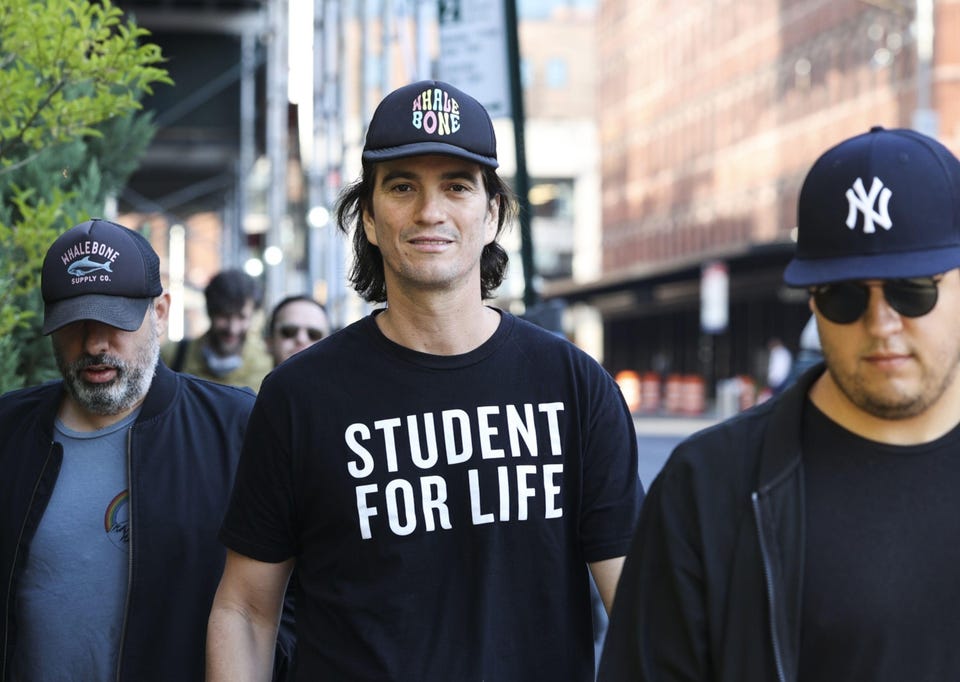
Image credit: VOX
Economists who lean towards the optimistic side point us in a “not a recession” direction. Proof of this is that no company would give away $350 million if it were experiencing a decline in business. Silicon Valley has just handed ousted WeWork founder Adam Neumann, the guy who crashed WeWork, just that amount.
This may be a good sign that the economy is indeed not going down the dumps as some would want to believe. However, it is an embarrassment for Silicon Valley in particular and the tech industry as a whole. A founder of Y Combinator said redemption is easy for a white guy who f*cked up in the biggest ways and is incredibly wealthy. It’s saddening that not everyone has those qualifications.
Adam Neumann Now

During his WeWork days, Adam Neumann came up with the concept of WeLive. Now, his new idea is a rebrand of WeLive, called Flow. It aims to own and manage apartments with the special Adam Neumann touch, which borders on being obsessive and faddish.
In his statement, Andreessen seems to believe that the housing problem in the US stems from a lack of branding. That is, apartments are not stylish or sexy enough, which is an about-face from what the real issues are: there aren’t enough supplies, plus the high costs of renting.
This is in contrast to what Andreessen said two years ago, that we should be building things. Neumann, on the other hand, plans to acquire already existing buildings to turn them into giant playhouses for adults. That, with a bit of glamming and styling, the housing problem would be easily solved.
In a letter to the mayor of Atherton, California, Andreeseen and his wife said that multifamily housing zones would “massively” decrease the values of their homes. This is in response to the city’s efforts to address the housing shortage. The couple also said that these houses would reduce the quality of their lives as well as their neighbors’ and will increase noise pollution and traffic immensely.
Flow
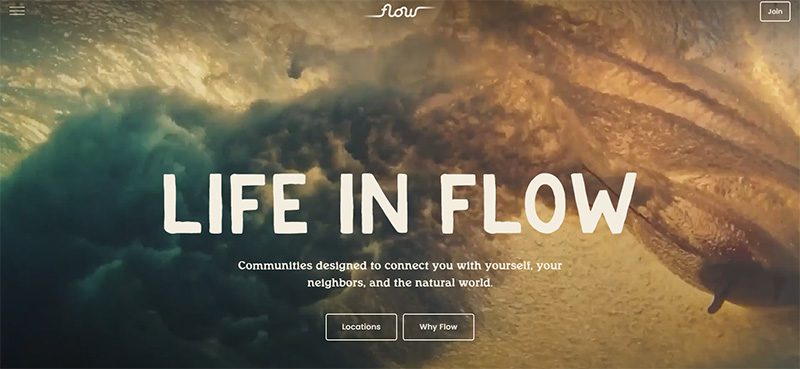
According to Andreessen, Flow will offer renters the opportunity to build equity in their apartments. He didn’t provide details and how it would work, though. Vicki Bryan, a credit analyst and the CEO of Bond Angle, says that in that case, the renters would only get a microscopic share, which amounts to almost nothing.
The Flow deal is met with negativity, as it is seen as a quick way for Silicon Valley to throw money around. The concept does not seem to address a real problem, and worse, it’s going to be run by Neumann. Many liken his business skills to those of a child let loose in a park with a sugar high.
This will be an embarrassment to Silicon Valley, which has, over the past few decades, delivered little to no innovations amid being awash with money. As for Adam Neumann now, he should have learned something from the WeWork fiasco, but it seems he has not.
You may like
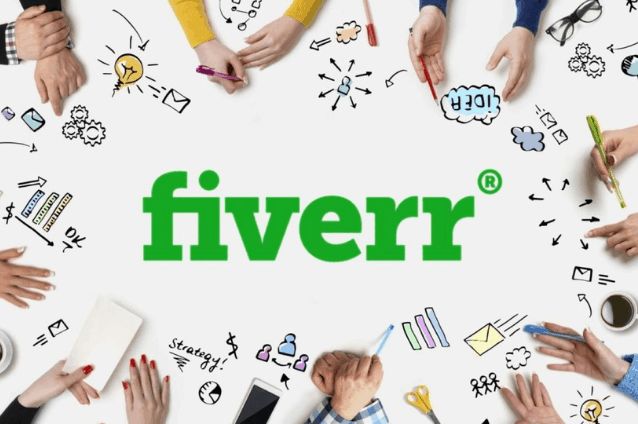
TL;DR: Penji leads Fiverr alternatives for businesses needing consistent design work at $499/month. Designjoy offers premium creative direction at $5,995/month. ManyPixels provides affordable, unlimited design at $549/month. Dribbble connects you with portfolio-vetted designers. Behance gives access to Adobe’s creative network.
Best Fiverr Alternatives:
- Penji: Unlimited designs for $499/month with US-based designers
- Designjoy: Premium subscription service at $5,995/month
- ManyPixels: Budget-friendly unlimited design at $549/month
- Dribbble: Direct access to portfolio-vetted designers
- Behance: Adobe’s creative network for finding talent
Why Are Business Owners Leaving Fiverr?
Some business owners find it difficult to search through numerous Fiverr profiles to find reliable designers. Frequently cited concerns include inconsistent quality, communication issues, and designers discontinuing work before completion.
Alternative freelance design platforms have emerged. Some platforms verify their designers, provide transparent pricing, and aim for reliable results. Here are services that support business needs.
Which Platforms Actually Work for Business Owners?
Penji: Best Value for Business Owners
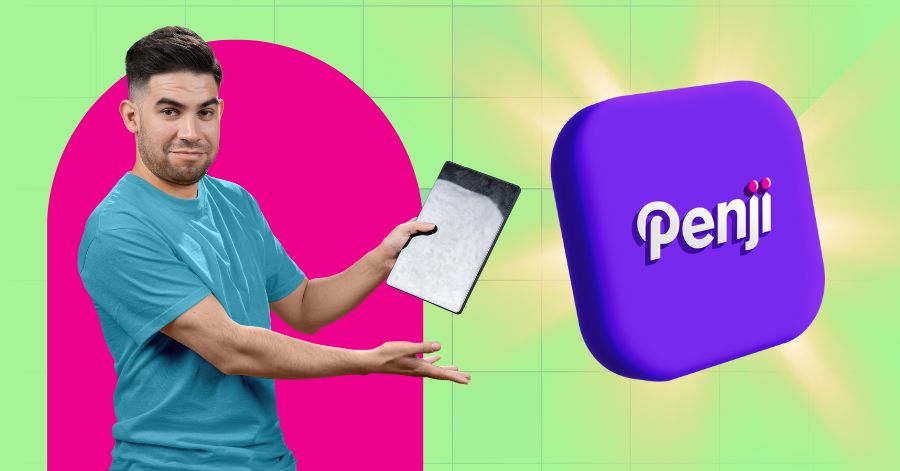
For $499 per month, businesses can submit multiple design requests without worrying about extra charges or negotiating prices. This option provides consistent graphic design support as needed.
Penji connects you with US-based designers who know your industry. They handle everything from social media graphics and presentations to logos and print materials. Most projects are completed in 24 to 48 hours, and you can request as many changes as you need. You can also pause your subscription whenever you want, which is helpful for businesses with changing needs.
Designjoy: Best for Premium Creative Work
Businesses seeking premium creative direction may consider Designjoy at $5,995 per month. Designers often bring experience with major brands. The service includes design quality, easy revisions, and a focus on thoughtful creative work.
ManyPixels: Best Budget Subscription Option
ManyPixels charges $549 per month for unlimited design requests. Their team is global, so projects usually take 48 to 72 hours, compared to Penji’s faster turnaround. This is a good fit for marketing teams that need many designs, such as ads, email headers, or social media templates.
Dribbble: Best for Finding Portfolio-Vetted Talent
Dribbble began as a platform for designers to display their work. Clients can contact designers directly for freelance or contract opportunities. Rates typically range from $50 to $300 per hour and are set between client and designer. The platform allows portfolio reviews before contact and does not charge additional platform fees.
Behance: Best for Adobe Creative Professionals
Behance is Adobe’s creative network where thousands of designers share their portfolios. You can’t hire designers directly through the site, but it’s a great place to find talent and contact them by email or LinkedIn. Many designers include their availability and contact details on their profiles, so it’s simple to get in touch.
How Do You Choose What Fits Your Business?
Penji offers both quality and cost considerations: access to US-based designers, fast turnaround, and unlimited requests are standard. Learn more about why businesses prefer Penji over traditional freelance marketplaces.
Designjoy may be suitable for businesses in markets where design quality is important for branding. ManyPixels can be an option for those prioritizing budget and adaptability over turnaround speed. See how Penji compares to Fiverr in terms of quality and reliability.
Ready to Stop Settling for Unreliable Design?
Businesses may benefit from exploring Penji’s subscription service to determine if reliable, high-quality design solutions meet their requirements. Browse through examples of completed projects to see the quality you can expect.
Frequently Asked Questions
Which Fiverr alternative is best for small business owners?
Penji works best for most small businesses because $499/month is affordable and includes unlimited design work. You avoid the time drain of managing freelancers while getting consistent quality. Only go premium (Designjoy) if your market demands it.
Can I pause these subscriptions if I don’t need design every month?
Yes. Penji, ManyPixels, and Designjoy all let you pause at any time. You only pay for months when you’re actively using the service, making it practical even for businesses with seasonal needs or unpredictable design requirements.
What types of design work do these platforms handle?
Penji covers logos, social media graphics, presentations, print materials, web design mockups, and packaging. Designjoy handles similar work plus strategic brand development. ManyPixels focuses on digital marketing assets. Most platforms handle everything except complex web development or animation.
How do subscription services compare to hiring a full-time designer?
A full-time designer costs $50,000-80,000 annually plus benefits. Penji runs $5,988/year with more flexibility. You get similar output without payroll overhead, equipment costs, or downtime when there’s no work. Plus, you can pause between busy periods.
Are the designers actually based in the US?
Penji uses US-based designers who understand American business culture and time zones. ManyPixels works with a global team across different time zones. Designjoy features experienced US designers. If location matters for communication and cultural fit, check each platform’s designer location before committing.

TLDR: Penji and Kimp do flat rate unlimited design (Kimp throws video in, too). ManyPixels is cheaper for digital assets and Designity is premium US-based creative direction for more complex projects.
These Superside alternatives made the cut, and a few stand apart from the rest. While there are relative pros and cons to each worth delving into, the features that matter most to your team and company goals will define what’s best for you. Here’s a shortlist of what stands out.
1 Penji
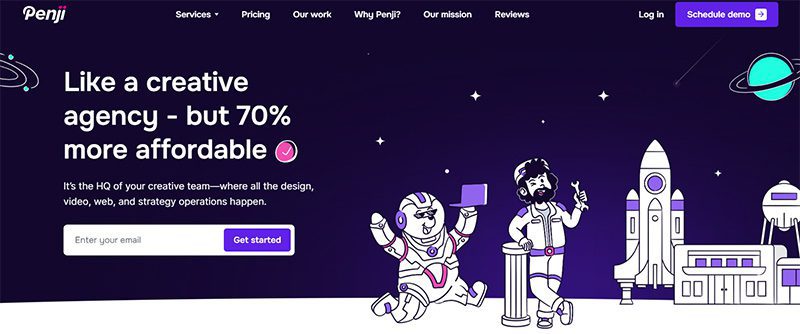
Penji is one of the best superside alternatives. It claims to be the simple graphic design subscription solution you need. With flat-rate pricing, it’s successful through its workforce acquisition efforts as they only hire the top 2% of designers worldwide, meaning there’s always a crew ready to take and execute reliable assignments from social graphics to print needs. Furthermore, they have a clean feedback process and queue meaning that marketing teams can rely on a sound platform solution that delivers over time for ongoing launches or efforts for foundational power.
Pros:
- Unlimited requests and revisions.
- Designers are dedicated, meaning they get to know the brand over time.
- Can do everything from web needs to print, advertising, and decks.
- Flat pricing makes budgeting easy for internal chargebacks.
Cons:
- The fastest turnaround time requires an upgrade.
2 ManyPixels
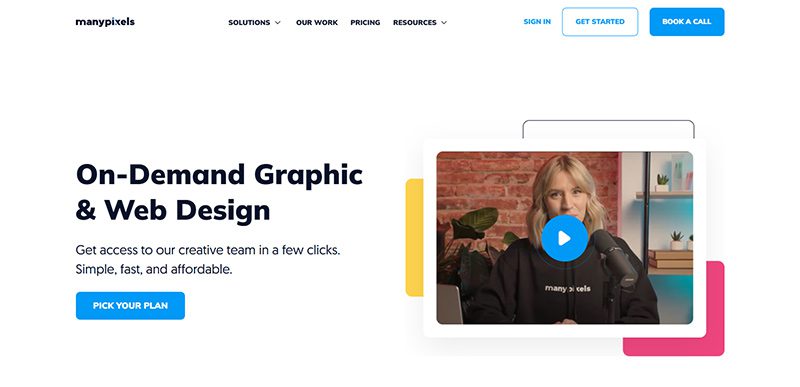
ManyPixels is one of the top up-and-coming Solutions thanks to ease of use and lower starting pricing. ManyPixels is a good choice for those companies that primarily need digital graphic assets and want something that’s easy to scale. It also includes motion and video editing, which makes it more versatile in its outputs as the plans increase.
Pros:
- Low starting prices are one of the lowest for entry-level efforts.
- Access to all digital and print graphic design.
- A dedicated design portal helps keep things clean.
- Can easily pause or cancel a subscription.
Cons:
- Higher plans include UI/UX and more extensive offerings.
- Important requests may take longer based on the request type.
- May be less strategic than an agency would be.
3 Kimp
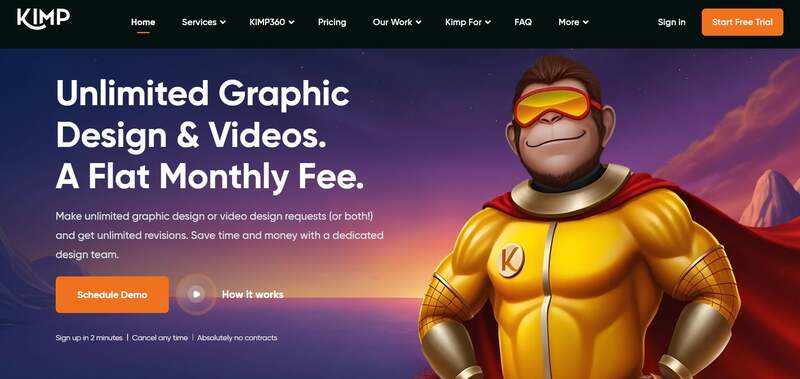
For anyone with visually-driven campaigns on social media and web properties, Kimp believes it specializes in unlimited graphic design plus unlimited video design, thus allowing for easy access to motion graphics needs at a flat-rate subscription price. This is especially effective for companies looking to have the Graphics + Video combo.
Pros:
- The Graphics + Video combo plan is a unique offering.
- Team of dedicated graphic designers and video editors.
- Combines branding efforts through Canva and motion graphics needs.
- 7-day risk-free trial.
Cons:
- It’s not recommended for niche-specific designs (like UI/UX or web development).
- There are hard limits per project and queue requests.
- The price for video or combo plans are higher.
4 Designity

Finally, Designity operates as a managed service where a Creative Director is assigned to the customer who manages a team of domestic creatives who are specialists in their field (for designs, animations, etc.). This allows for more quality assurance from a domestic stance in a strategic alignment offering more creative accountability than online-only, ticketed request platforms like others.
Pros:
- Dedicated U.S.-based Creative Director runs requests.
- U.S.-based creative services mean sensitive brand work is safe.
- Great for complicated projects that need time and oversight.
- The full-service platform includes design, video, and animation.
Cons:
- Higher costs due to managed U.S.-based efforts.
- Takes longer than it’s worth for basic accountability measures.
- Only mid-market to enterprise offerings will make sense here due to costs.
Business
What are the Best Canva Alternatives for Designers and Marketers?
Published
7 days agoon
October 23, 2025
Many marketers love Canva as it allows them to create stunning graphics easily and affordably. In addition, it is also a favorite tool among many professional designers. However, Canva is one tool that many marketers and designers outgrow, thanks to its limitations. If you’re looking for the best Canva alternatives, here is our list of the top five:
Penji

A graphic design subscription platform, Penji, is the best Canva alternative for all business sizes. It offers unlimited graphic design services and revisions done by top-caliber designers. In as little as 24 to 48 hours, you’ll get your designs, reducing the risks of design bottlenecks and delays. All these for a flat rate, starting at $499 per month.
RelayThat

Looking for the best Canva alternative that offers design automation? RelayThat is the design partner you need. It can generate numerous branded visuals instantly, allowing you to get bulk designs quickly. Its key features include brand management, headline generator, one-click resize, and over 3 million free images.
VistaCreate

Previously known as Crello, VistaCreate is an excellent option for social media graphics, posters, and other marketing materials. It has an interface similar to Canva, making it an easy-to-use alternative. It also offers animated templates, a drag-and-drop editor, and print services through VistaPrint.
Stencil

Claiming to be “The Web’s Favorite Online Graphic Design Tool,” Stencil is an easy-to-use alternative to Canva. It offers a low learning curve, making it ideal for small teams, startups, bloggers, and social media managers. This tool lets you whip up blog headers, ad creatives, and other visual assets quickly.
Design Wizard

A powerful image and video editing tool, Design Wizard enables you to create both static and animated content. It offers a comprehensive template library that you can edit for all your design needs. It has a low learning curve, thanks to its beginner-friendly interface.

What’s the Best Fiverr Alternatives?

What’s the Best Superside Alternatives today?

What are the Best Canva Alternatives for Designers and Marketers?
What’s the Best Design Pickle Alternative?

Top Marketing Podcasts for 2025 You Should Be Following Today

What are the Best Social Media Post Design Services for Startups?

What’s the Best Package Design Service Agency?

Top Marketing Podcasts for 2025 You Should Be Following Today
What’s the Best Design Pickle Alternative?

What are the Best Social Media Post Design Services for Startups?

What are the Best Canva Alternatives for Designers and Marketers?

What’s the Best Fiverr Alternatives?

